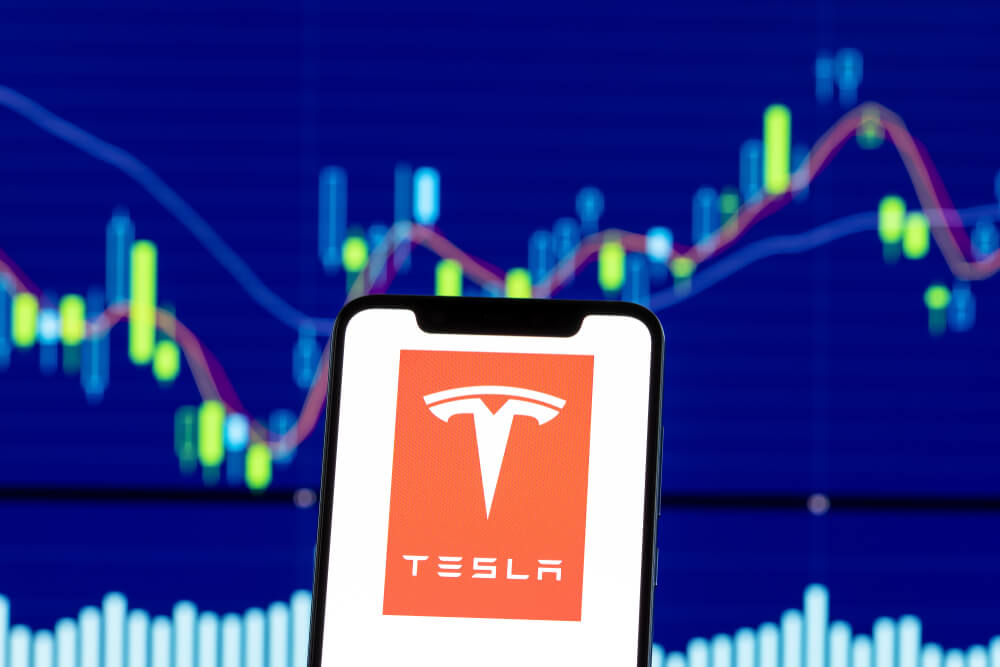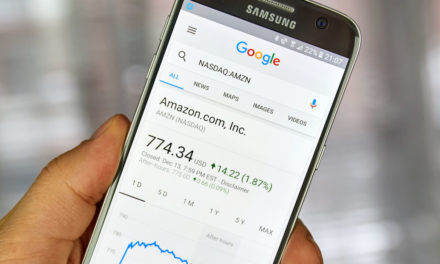It has been a tumultuous week for Elon Musk and Tesla.
Since May 6, stock for the electric auto maker has been on a steep decline and was down 5.4% through late-afternoon trading Wednesday, hitting a low of $193.29 per share at 2:30 p.m.

Year-to-date, Tesla stock has plunged a whopping 38%, signaling Morgan Stanley to cut its outlook of Tesla to a mind-boggling $10 a share.
“From our perspective at least, it appears movements in news flow and sentiment in the equity market are informing moves in the credit market for Tesla,” Morgan Stanley analysts said, according to the MarketWatch report.
The biggest problem now for Tesla is demand for its products.
In response to weak demand, Tesla has slashed its prices for the third time in three months. The company is dropping prices of its Model S and Model X by at least $3,000. In the first quarter of 2019, the company delivered around 63,000 vehicles, a 31% drop from the previous quarter.
Tesla has also stopped hard-selling its Model 3 sedan, priced at $35,000, because the margins aren’t working for the car.
Needless to say, it has been a very rough month for Tesla.
The company, at the first of the month, moved to raise $2.7 billion from bond sales and stock offerings to offset its lowly first quarter.
In the middle of the month, Musk said the company had $2.2 billion in cash at the end of the first quarter, but that would only take the company 10 months to blow through. That announcement by Musk also included an examination of payments such as “parts, salary, travel expenses and rent.”
Further concerns include the fact that the second quarter could be worse than the first. Morgan Stanley analysts suggested the company could face a $13.3 billion debt compared to market capitalization of around $35 billion.
But like the first-quarter numbers, short-term demand of the vehicles just isn’t there. In China, where Tesla sales dropped 17.7% in April, the government is more apt to provide a tax break to its citizens to spark economic growth, which won’t necessarily translate into additional sales — which the company so desperately needs.
Another problem rests in what Musk and Tesla do with the money raised earlier in May. Initially, Musk suggested the money would not be used, but his above-stated email tells a different story. Musk said the capital raised would work as a “buffer.” However, it appears the cash will be used to offset quarterly losses.
This puts the company in a weakened position, leaving the it cash-strapped for the rest of the year.
“Tesla is grabbing as much cash as they possibly can before the stock tanks,” Gabe Hoffman of Accipiter Capital, told Business Insider. “They’re still projecting 90,000-100,000 deliveries in Q2 and they’ll be lucky to get closer to 70,000. Then there’s a cliff in Q2 because of the tax credit phasing out and cash will be burned in Q2, Q3 and Q4. This company was almost functionally bankrupt on March 31st and this raise will barely get them through the year.”
All told, it looks like a bleak future for Tesla.




